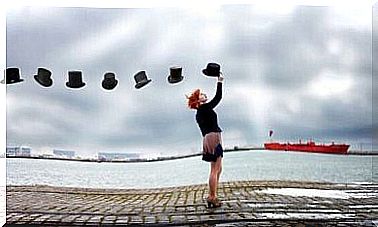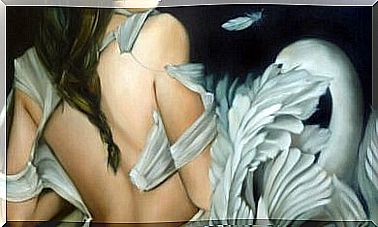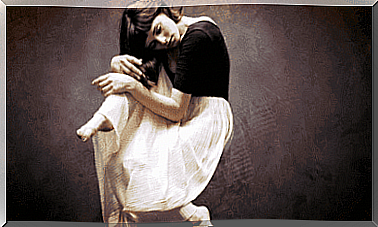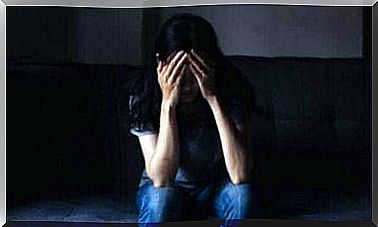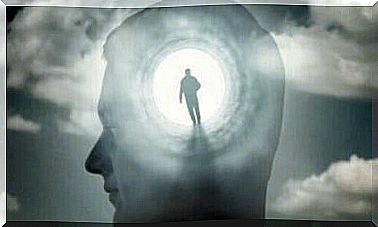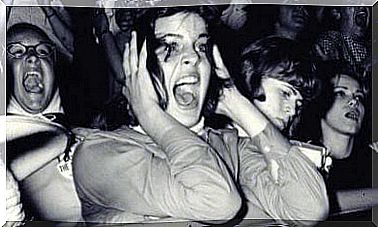Déjà Vu: Recognizing A Place You’ve Never Been To
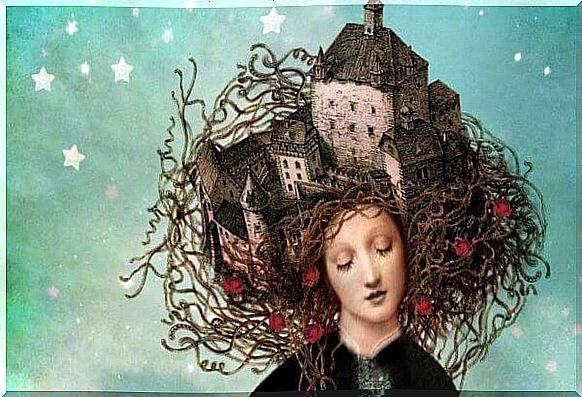
It is not entirely certain that paramnesia and what is called déjà vu are the same thing, although we often use them as synonyms because the latter is very common. There are actually two types of paramnesia: of memory and of recognition. Déjà vu is a concrete type of recognition parnesis.
When you experience recognition parnesis (also related to cryptomnesia) you are really experiencing a distortion of reality. This includes déjà vu, jamais vu, déjà senti etc.
The phenomenon déjà vu is the feeling that you have already experienced this experience or experienced this situation before. The term, which comes from the French, actually means “already seen”. The experience makes us really believe in a perception that is not true because the situation is completely new.
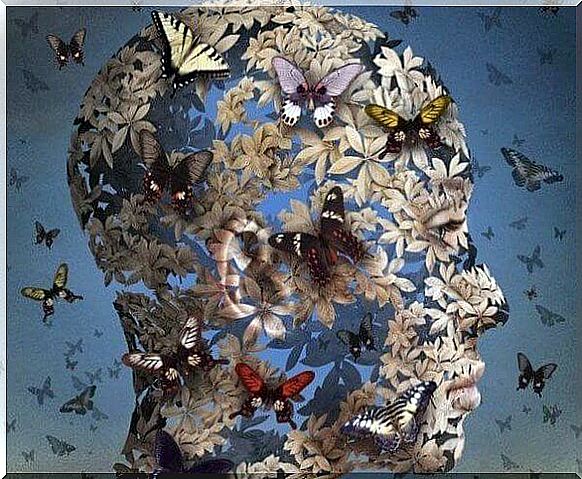
But when we experience déjà vu , we know that something strange is happening: have I experienced this before? Some studies have tried to explain the reason behind these misconceptions, which has resulted in different theories.
Between the end of the 19th century and the beginning of the 20th century, psychoanalysis was one of the first psychological trends that tried to explain this mental phenomenon. In fact, Sigmund Freud and Carl Jung contributed their own explanations to the déjà vu discussion: the former pointed to repressed urges and the latter to changes in the collective subconscious.
But today, studies have focused on cognitive processes in the human brain and anomalies in memory to explain this phenomenon.
- : an electric shock is produced in the hippocampus or in the medial temporal lobe that causes the phenomenon to occur, which may explain why people with epilepsy experience it before an attack.
- : the subconscious activates something that the person has imagined in the past, such as a dream or something he has seen somewhere, such as a place or a movie.
- : the memory consists of two systems, and when déjà vu occurs, they are out of sync. In this case, only the recognition system will be activated, but not the one responsible for recalling information.
- : the memories we have are saved in so-called holograms. Déjà vu occurs when the memory turns to them and forms a scene from a recalled detail.
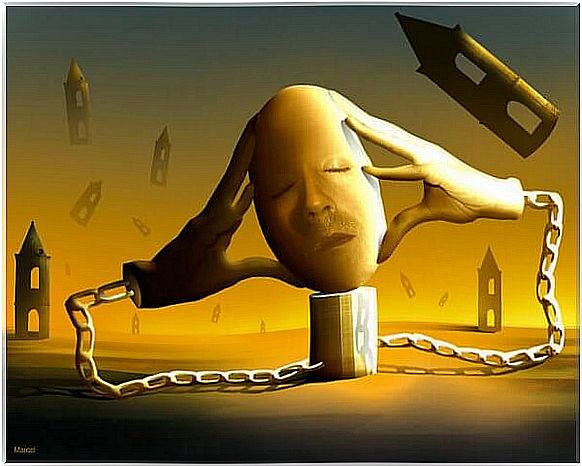
As we have seen, paramnesia of the déjà vu type is strongly linked to memory. These “unusual memories” can be experienced by all of us, although experts say it happens more often in young people between the ages of 15-25.
- : the most common form of déjà vu that we will experience during life is of this type. It is the type described above, where you feel as if you have experienced something before without being sure.
- : in Swedish it means “never seen” because it occurs when we feel uncomfortable in an experience that we do not remember being in before.
- : in Swedish “already known”. This occurs mainly in people with epilepsy who have suffered damage to the temporal lobe. They experience false recognition of emotions that they think they have felt before.
- : this involves having memories that seem true about a place you are, but that you have never visited before. You seem to remember specific details about the place without having seen it before.
- : “I have already experienced this”. This is like experiencing different types of paramnesia at the same time. The person feels as if the whole experience (images, smells, sounds, etc.) is something he has already experienced.
